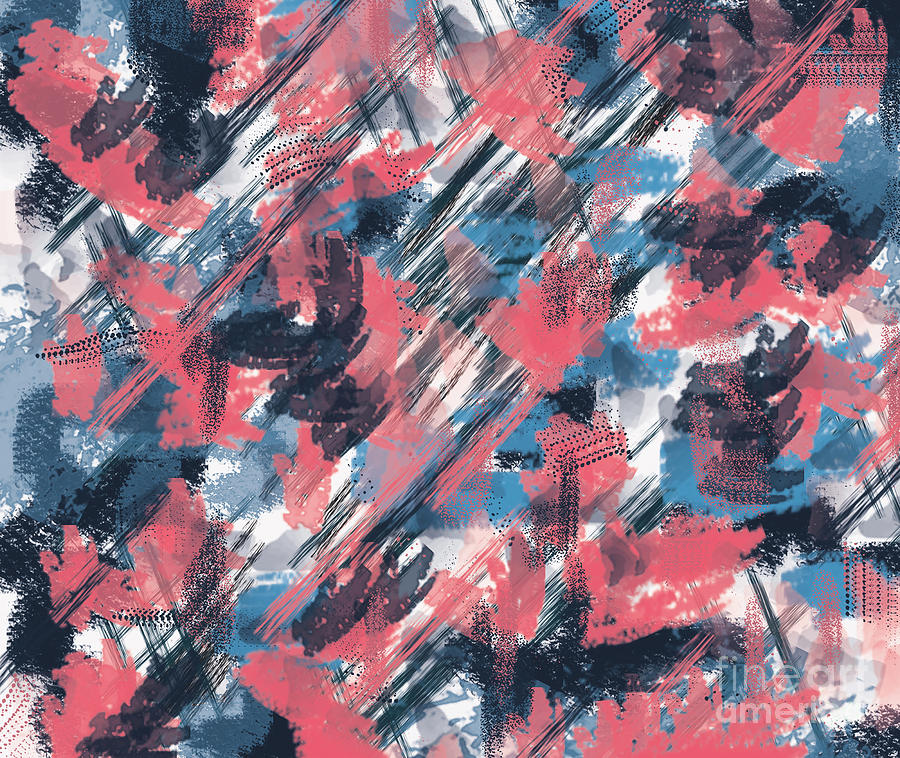
Movement creates the effects of action and is achieved through art elements that are repeated or in patterns and draws attention to a focal point or various focal areas in a visual composition. Rhythm refers to how art elements are arranged through repetition to create the effect of action, dynamism, movement, or patterns. Harmony is about how all the art elements complement one another and it will appear visually appealing/pleasing.

Variety is often considered the opposite of unity because it adds more character and variation to a visual composition that might otherwise appear dull or monotonous, and it is usually achieved through contrasting art elements. Unity is often described in terms of the “cohesiveness” of the visual composition as a whole. Art Principlesīalance refers to the placement and/or distribution of the art elements in a composition and how these provide a visual weightiness and can appear, for example, symmetrical or asymmetrical. If there are different shapes utilized it can add variety to the composition, but also offset the harmony if there are too many different shapes. The art principles organize how art elements are applied, for example, if there are several similar shapes arranged in patterns in a painting which, if repeated, can give the composition an overall unity and balance. These are also termed the “principles of design” or “organizing principles”. There are also several art principles, namely, balance, unity, harmony, variety, proportion, scale, rhythm, movement, pattern, and repetition, among others.

Space in art can be utilized in terms of positive and negative areas, which simply means the positive area is where the subject matter is and the negative area is around the subject matter, and both types can influence the stylistic and dramatic effects of the artwork. Texture in art can be real, like the paint on a canvas or the marble of a sculpture, or it can be illusionistic, giving the impression of a material like metal or silk. Shapes are so-called enclosed lines and have two dimensions.įorms have three dimensions and come in different types like spheres, cubes, or cones, among others. Lines are usually formed when two points connect, they can be from left to right or vice versa, and there can be straight, curved, angled, or patterned lines. Value is related to color, but it refers to how dark or light an image’s colors appear and is not related to color saturation, which is more about how bright a color is.

Elements of ArtĬolor consists of primary, secondary, and tertiary colors, as well as color combinations or schemes like complementary or analogous, with this there are also color temperatures, intensity, and values. Shape is one element of art the other art elements are form, space, line, texture, color, and value. In the visual arts, there are art elements and art principles, all of which act as guidelines or tools when creating artworks as well as understanding or analyzing artworks. 4.2 What Are the Types of Shapes in Art?.2.2 The Relationship between Shape and Space.


 0 kommentar(er)
0 kommentar(er)
